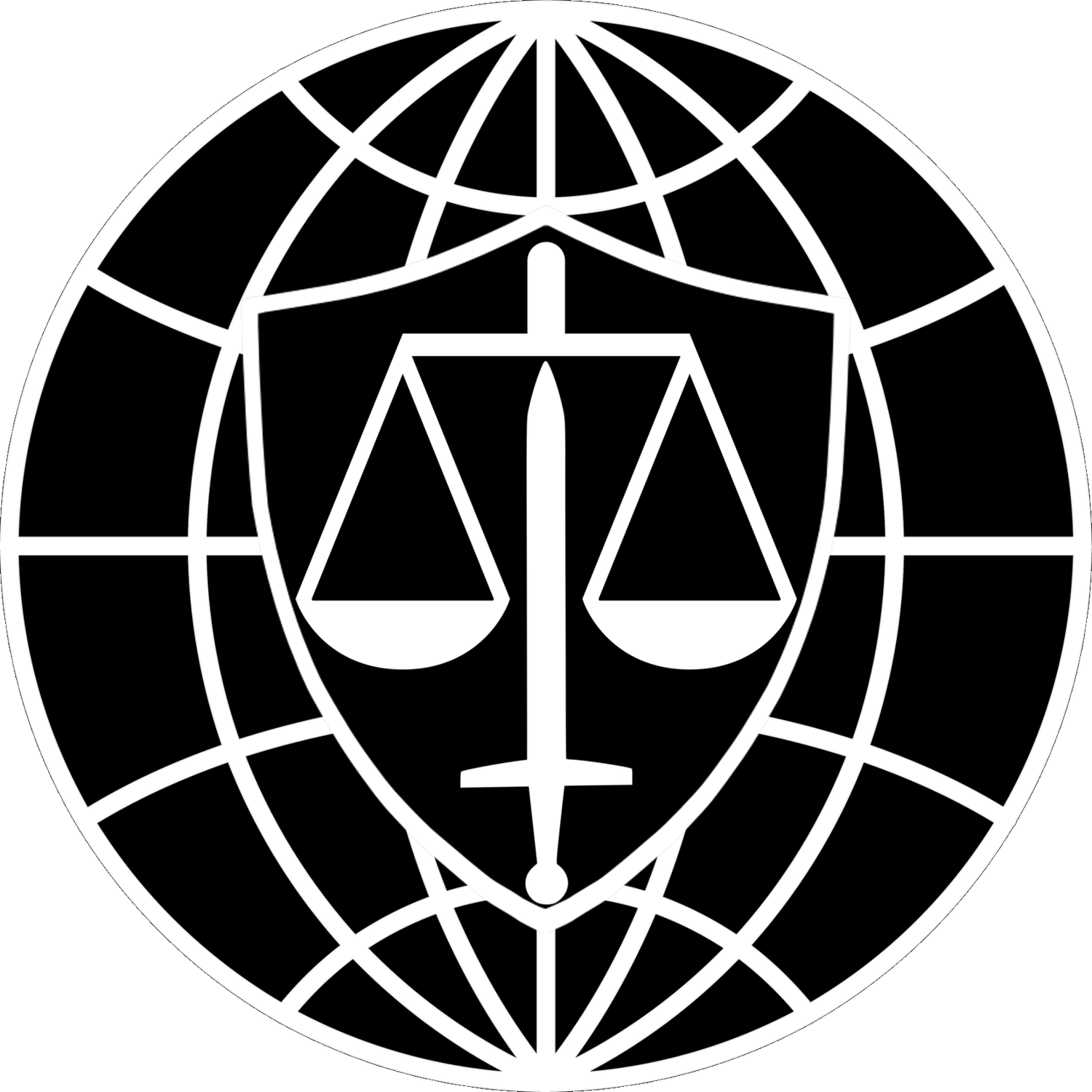
Defending Against CLP Arguments in Removal Proceedings
Date of Information: 01/06/2025
Please check back soon as this page is actively under development.
Counters to DHS’s CLP Arguments in Removal Proceedings
If a practitioner or alien finds themself in removal proceedings and faces an argument from OPLA rooted in the CLP rule, there are a variety of plausible counterarguments. As depicted in the flow chart in the general guide to the CLP rule, the first few steps in the CLP analysis do not leave much room for argumentation. Whether the client had a valid visa upon entry, entered through the SWB, Passed through a country that was a signatory to the 1951 Convention, or used the DBP-1 application to schedule his inspection at the border are all binary conditions: either they did or they did not. There is not much room for argument.
However, some of the later steps in the analysis are more vague, allowing more room for argumentation. Practitioners should consider the following arguments roughly in order:
The asylum seeker had a language or technical barrier that prevented them from using the CBP-1 application to schedule their inspection. Again, pursuant to 8 C.F.R. § 208.33(a)(2)(ii)(B), the presumption against asylum eligibility does not even apply if they had a language or technical barrier that made using the CBP-1 prohibitively difficult. As of the latest update to this guide, there is no authority specifying what “language or technical barriers” apply. However, please consider the following:
As of the last update to this guide, the content of the CBP-1 application was only available in English, Spanish, and Haitian Creole. If a client does not speak one of those languages, the practitioner should prepare to argue that the CLP rule does not apply to him by virtue of the language barrier. While the asylum seeker bears the burden of proving the language barrier, their country of origin might be sufficient proof.
There have been a host of reported technical problems with the CBP-1 application. Any technical errors with the application might be sufficient to make the CLP inapplicable, but only if they are sufficiently documented. Time-stamped screenshots of error messages might be sufficient, but those arguments assume the asylum seeker’s foresight in capturing those images.
A more general argument based on the technical barrier exception to the CLP rule is smartphone availability. If your client was sufficiently destitute that they were unable to access a smartphone, it is reasonable to argue that their use of CBP-1 to schedule an appointment for their inspection was simply impossible.
Notably, these arguments are probably frivolous if the asylum seeker entered without inspection (EWI), i.e. snuck into the United States through the border without presenting himself to CPB.
The asylum seeker can rebut the presumption of ineligibility by showing “exceptionally compelling circumstances.” Pursuant to 8 C.F.R. § 208.33(a)(3)(i), the asylum seeker can rebut the presumption of ineligibility by a preponderance of the evidence showing “exceptionally compelling circumstances, including if the alien demonstrates that, at the time of entry, the alien [faced one or more of a specifically enumerated set of conditions].” 8 C.F.R. § 208.33(a)(3)(i). As of the latest update to this guide, there is no authority specifying what “exceptionally compelling circumstances” qualify. The three specifically enumerated examples—discussed further below—are written in the disjunctive and preceded by the word “including.” See 8 C.F.R. § 208.33(a)(3)(i) (“An alien . . . can rebut the presumption by demonstrating . . . that exceptionally compelling circumstances exist, including if the alien demonstrates that, at the time of entry, the alien or a member of the alien's family as described in § 208.30(c) with whom the alien is traveling . . . .”). The necessary implication is that the three examples are inexhaustive and that other circumstances will qualify.
Does the “Exceptionally Compelling Circumstances” Rebuttal Swallow the Rule?
There is a cogent argument that the broadly worded exception in 8 C.F.R. § 208.33(a)(3)(i) invalidates the CLP rule entirely. The preexisting standard for asylum is that the alien meets the international definition of a “refugee” by possessing a “well-founded fear of persecution on account of race, religion, nationality, membership in a particular social group, or political opinion[.]” 8 USC 1101(a)(42). There is a strong argument that a “well-founded fear of persecution on account of race, religion, nationality, membership in a particular social group, or political opinion” is inherently an “exceptionally compelling circumstance” that—as a matter of equity—requires the United States to continue recognizing the alien’s eligibility for asylum.
However, the more direct approach is to argue that an asylum seeker’s experience falls within on of the three “exceptionally compelling circumstances” specifically enumerated within 8 C.F.R. § 208.33(a)(3)(i)(A)-(C):
An acute medical emergency. 8 C.F.R. § 208.33(a)(3)(i)(A) stipulates that an asylum seeker rebuts the presumption against eligibility for asylum if they can show by a preponderance of the evidence that they were suffering “an acute medical emergency” at the time they entered the United States. Again, no authorities currently define what constitutes a “medical emergency,” much less an “acute” one. However, it is reasonable to assess that the more serious and life-threatening the illness or injury—and the stronger the evidence proving the illness or injury—the more likely that CBP and the Immigration Courts will find it rebutted the assumption.
An imminent and extreme threat to life or safety. 8 C.F.R. § 208.33(a)(3)(i)(B) stipulates that an asylum seeker rebuts the presumption against eligibility for asylum if they can show by a preponderance of the evidence that they “[f]aced an imminent and extreme threat to life or safety, such as an imminent threat of rape, kidnapping, torture, or murder.” Again, this might be a sufficient plurality of the individuals who meet the preexisting standards for asylum that this exception swallows the CLP rule entirely.
Severe Human Trafficking. 8 C.F.R. § 208.33(a)(3)(i)(B) stipulates that an asylum seeker rebuts the presumption against eligibility for asylum if they can show by a preponderance of the evidence that they were a “victim of a severe form of trafficking in persons.” The rule incorporates by reference the definition of “victim of a severe form of trafficking in persons” from 8 C.F.R. § 214.201. 8 C.F.R. § 214.201 defines it as “sex trafficking in which a commercial sex act is induced by force, fraud, or coercion, or in which the person induced to perform such act is under the age of 18 years; or the recruitment, harboring, transportation, provision, or obtaining of a person for labor or services through the use of force, fraud, or coercion for the purpose of subjection to involuntary servitude, peonage, debt bondage, or slavery.” Essentially, an asylum seeker can rebut the presumption of ineligibility by showing that they were trafficked for the purposes of sex work or other slave labor.
Family-Member Eligibility. Finally, practitioners should examine whether any member of their client’s family might be able to rebut the presumption in one of the ways listed above. Pursuant to 8 C.F.R. § 208.33(a)(3)(i), if any “member of the alien's family . . . with whom the alien is traveling” can rebut the presumption against eligibility, then the rebuttal is imputed to the whole family traveling together. This provision incorporates by reference the definition of “family” from 8 C.F.R. § 208.30(c). By that standard, CBP must include spouses and unmarried children under the age of 21 as members of a “family,” but also has the discretion to include other relations traveling together.
Other Helpful Resources:
See Also:
CIL Guide to the Circumvention of Lawful Pathways Rule

